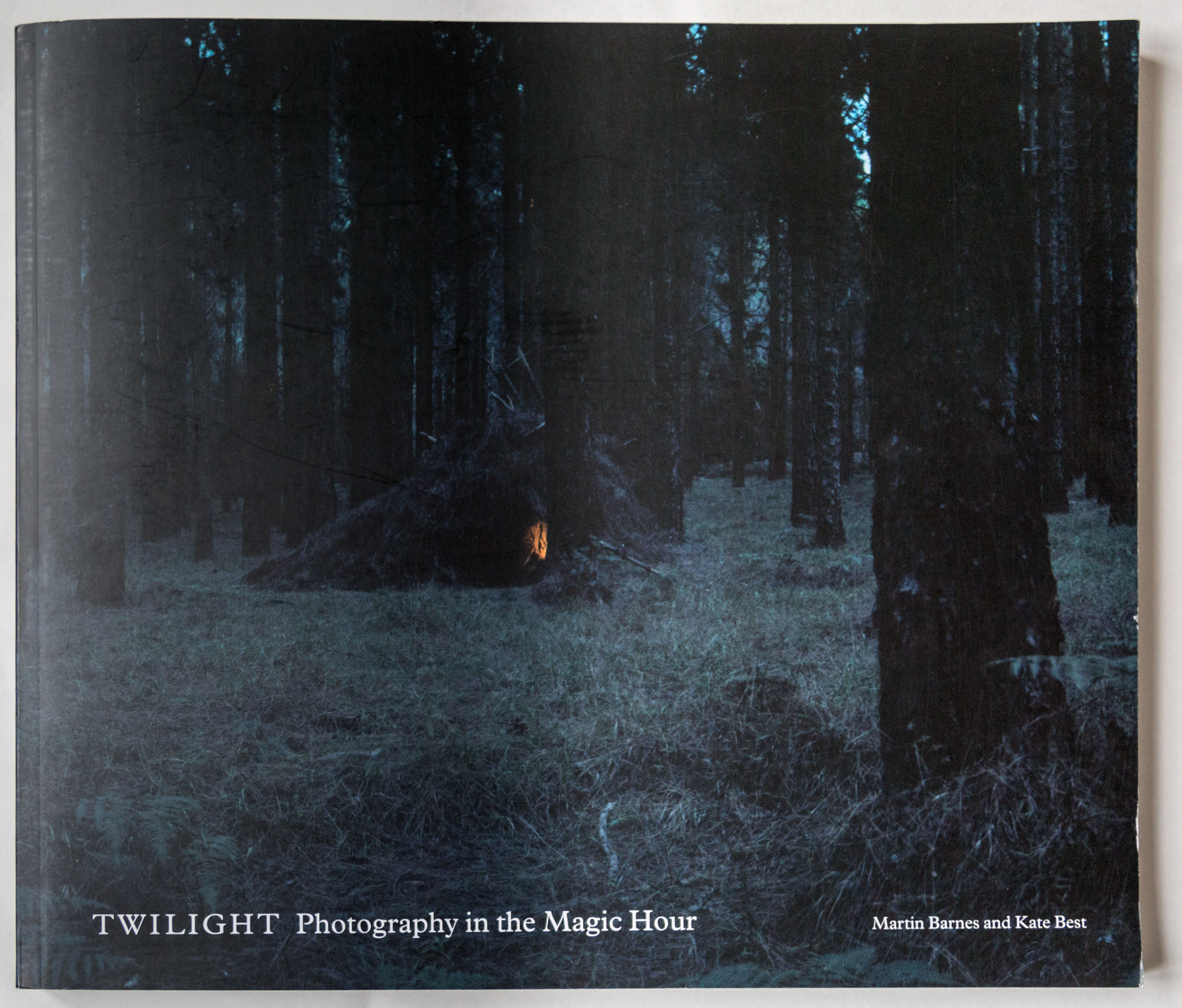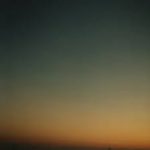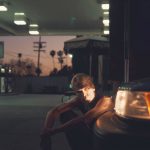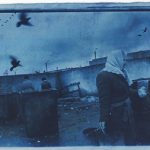In class I studied the 2006 photography book Twilight : photography in the magic hour by Kate Best and Martin Barnes. It is a compilation of 8 photographers and artists who’s work centers around the alluring the transition between night and day.The book was based on the 2006 exhibition hosted at the Victoria & Albert Museum (V&A) in London.
I could go into detail and the logistics of the book as I was lucky enough to see an physical copy. The books orientation is landscape and A4 size, this is a good layout for the photo book as landscape works best for many of the photographs featured in the book which often feature scenery. The first page features a small title in the top left corner in the font Times New Roman which is use thru ought the book. I like how they’ve used the same font thru ought as it adds a sense of consistency, using the same font is something I’d like to incorporate into my own book. After the title on the first page it then jumps into a photograph by American photographer Gregory Crewdson. For the next 30 pages there are four essays by Martin Barnes, Emily Winterburn, Steven Connor and Kate Best which discuss different aspects of art, psychology and literature through history relating to the theme of twilight.
The front cover is an intriguing dark landscape photograph from French born photographer Chrystel Lebas. This photograph fully captures the enigmatic ambiance and sense of mystery that twilight photography can cultivate. The centre of the photograph features a mysterious warm light which evokes an enigma for the audience, drawing them in and making them wonder what is happening within the photograph. The title made in Times New Roman is then places small along the bottom of the cover. The sub title and the names of the authors are smaller then the main title which is a typical convention of a book cover. It is done in a font that matches the wrest of the book cover.
The book is cut into sections with the use of a black left page and white right page. I like this simplicity and this use of juxtaposition is something I plan on using in my own photo book, I also plan on using text in between to add another element to my work. Almost all the images are placed central on the right page and is never opposite a black page. There are a few images which are accompanied with another similar image as a diptych but most are left with a blank page such as Ori Gersht. This creates a sense of simplicity, evoking how the image would be in a contemporary gallery surrounded by white walls, leaving room for the viewer to focus on the context and subject matter of the photograph, this also leaves focus on the narrative. None of the photographs exceed the page, which leaves the photograph in the original ratio.
The photographs are presented in a formal manor with the photographer who created them. The simple style of the book allows the individuality of each artists work to shine through. Often the narrative of the photographs is evoked through the single photographs, a lot of the photos were designed to share their own individual narrative and affect the viewer in different ways. I would like to do something similar in my own book by sectioning off photographs into their own certain style then arrange them into an order which evokes narrative, these sections will tie together to show a more longer more complex narrative, the use of works will also elevate and give more context to the viewer. There was also a use of archived images which was referenced in the essays. This gives context to the reader to help further their understanding of what the writer is talking about.
Each section starts with a black page and a work from the photographer on the left, there is then a contents page to the right explaining details about the images such as name, size, and type of print. This is an easy and beneficial way to catalog each image for the photographer. The minimal layout and classic font type gives the book a very contemporary, formal appearance which is beneficial for leaving the viewer to focus on the photographs themselves.
“The hour of twilight also evokes haunting moods and provides scope for narrative intrigue and psychological depth” p9
 The first essay, The Gloaming by Martin Barnes, discusses the history of twilight photography and how it develops and changes as well as the pioneers of this genre of photography. It discusses how technology has developed to create better and more experimental photographs exploring this subject. For example from the early years of early photography it was difficult to take a photographs with the correct exposure, often taking several ours just to take a single exposure. The essay brushed over subjects such as 19th century art, Phenomenalism and scientific observation. He also made reference to classical Romanticist painter Caspar David Friedrich who explored how natural lighting could elevate the landscape. e also discussed photography pioneers Nicéphore Niépce, Louis Daguerre and Henry Fox Talbot.
The first essay, The Gloaming by Martin Barnes, discusses the history of twilight photography and how it develops and changes as well as the pioneers of this genre of photography. It discusses how technology has developed to create better and more experimental photographs exploring this subject. For example from the early years of early photography it was difficult to take a photographs with the correct exposure, often taking several ours just to take a single exposure. The essay brushed over subjects such as 19th century art, Phenomenalism and scientific observation. He also made reference to classical Romanticist painter Caspar David Friedrich who explored how natural lighting could elevate the landscape. e also discussed photography pioneers Nicéphore Niépce, Louis Daguerre and Henry Fox Talbot.
In summary the book explores themes and concepts evoked from the atmosphere created by the twilight period.The contemporary photographers look at how this period can create a psychologically charged, enigmatic and cinematic narrative. They also explore a sense of human influence and presence on the land.











